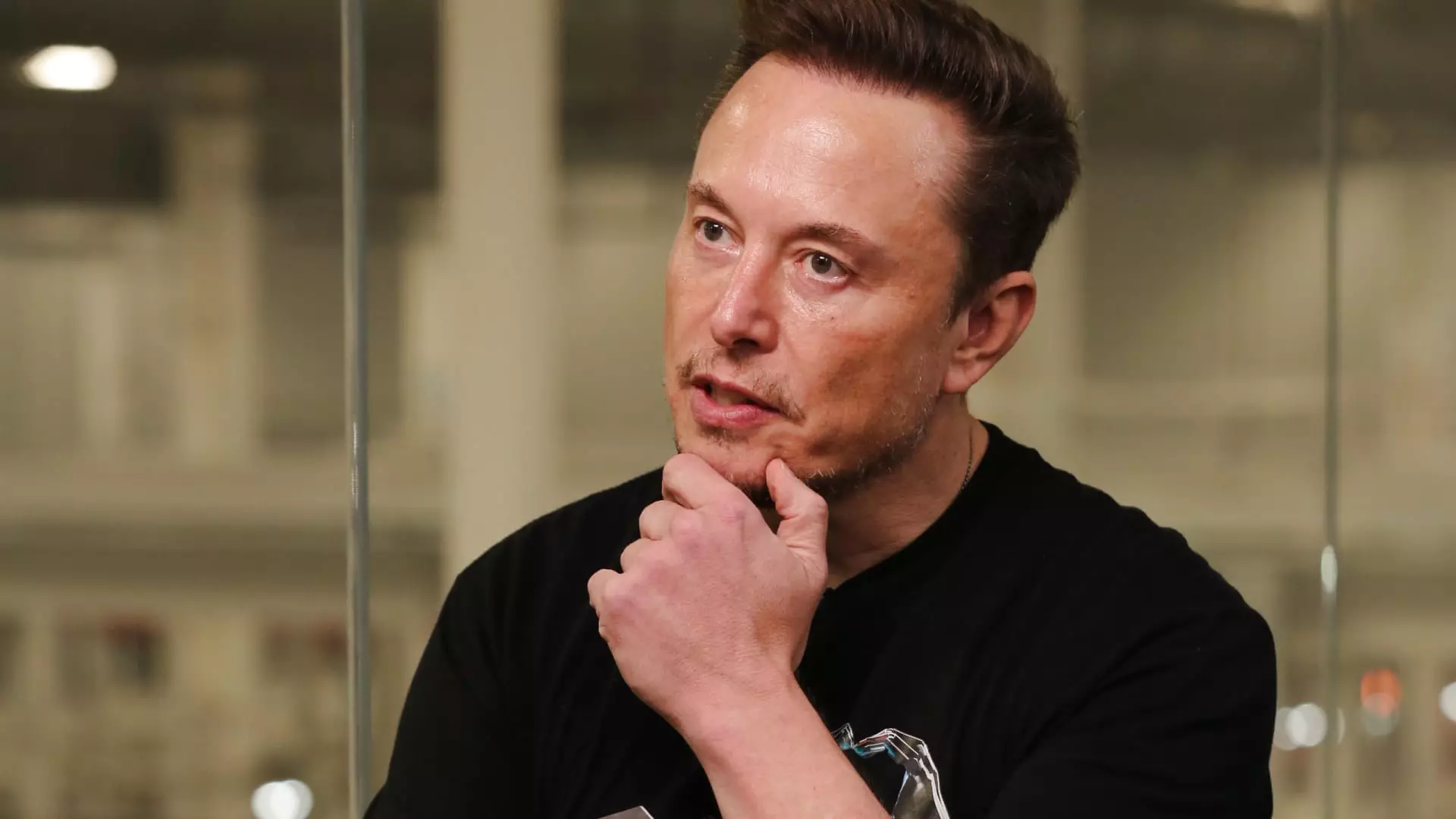Tesla, the pioneering electric vehicle manufacturer, has recently announced plans to lay off more than 10% of its global workforce. This decision comes amid a challenging period for the company, as highlighted by CEO Elon Musk in a memo to employees. The company’s shares have also experienced a decline, reflecting the uncertainty surrounding Tesla’s future.
Despite being a frontrunner in the electric vehicle industry, Tesla is facing stiff competition from both established automakers and new entrants. The recent surge in electric vehicle popularity has attracted various companies to enter the market, posing a threat to Tesla’s market dominance. Companies like China’s BYD and Xiaomi have emerged as formidable competitors, with innovative offerings that challenge Tesla’s position in the market.
Tesla’s recent financial performance has been under scrutiny, with the company reporting its first annual decline in vehicle deliveries since 2020. The decrease in vehicle deliveries, coupled with a drop in revenue, has raised concerns about Tesla’s ability to sustain its growth in the future. The company’s operating margin has also taken a hit, falling significantly from previous years, indicating financial strain.
In addition to financial challenges, Tesla has encountered logistical hurdles that have impacted its production and supply chain. Issues such as component supply disruptions and factory suspensions have hampered Tesla’s operations, leading to delays and setbacks in the manufacturing process. These challenges have added to the overall pressure on the company, contributing to the decision to restructure its workforce.
As Tesla navigates through its current challenges, the company must reevaluate its strategy and positioning in the market. Addressing the competition, improving operational efficiency, and enhancing product offerings are critical priorities for Tesla to regain momentum and sustain its growth. The workforce reduction is just one part of a larger restructuring effort aimed at streamlining operations and improving cost-effectiveness in the face of increasing market pressures.
Tesla’s decision to lay off more than 10% of its global workforce reflects the significant challenges the company is facing in today’s competitive electric vehicle market. With increasing competition, declining sales, and operational hurdles, Tesla must adapt its strategy to overcome these obstacles and position itself for future success. The workforce reduction, while a difficult decision, is a necessary step for Tesla to realign its resources and focus on long-term sustainability in a rapidly evolving industry.


Leave a Reply